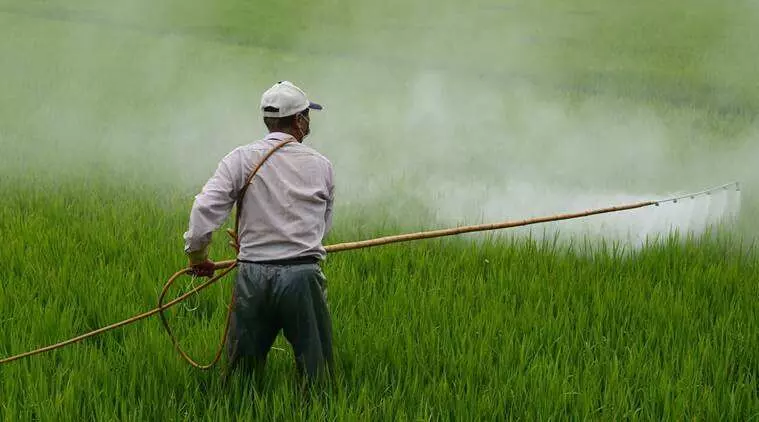Cushion against vulnerabilities

The government, on December 9, sought Parliament's approval for an additional expenditure of Rs 2,14,580 crore to fund higher subsidy bill on the three Fs — food, fertiliser and fuel. The subsidy bill that started rising exponentially since the onset of the pandemic will remain high through the ensuing fiscal; even though the factors that had led to the increase, initially, have subsided significantly. The original amount budgeted for FY 2022-23 was Rs 3,17,866 crore. With the additional expenditure sought, the overall expenditure cost for the fiscal will stand at Rs 5,32,446 crore, which is second only to Rs 7,06,007 crore in 2020-21. As a matter of fact, India's fertiliser sector has been under serious strain this year. After the budgetary allocation was made for this sector in February, the Russia-Ukraine war broke out — taking the prices of both imported fertilisers and raw materials to the roof. The government had to intervene to safeguard farmers from any unforeseen vulnerability, as also to buttress the fertiliser companies that have been recording suboptimal profits year after year. But the current tranche of increase in expenditures have come at a time when the fallouts of the Russia-Ukraine war have toned down a bit, if not significantly eliminated. If the world does not undergo any major shock in the coming months, chances are that things will return to normal for the fertiliser sector. This raises the speculation of extra savings in the times to come. However, it may be noted that fertiliser is just one major component of the set of items that drive subsidy bill. Of the total 5,32,446 crore subsidy bill projected this year, fertiliser constitutes Rs 2,14,511 crore. Another Rs 2,87,179 crore is accounted for by the food sector. The government has extended the free-grain Pradhan Mantri Garib Kalyan Anna Yojana (PMGKAY) till December this year, even as the worst of times for food insecurity appears to have gone now. The onset of the pandemic in 2020, and the resultant loss of jobs for those belonging to the lower strata of the socio-economic spectrum, had put India's food security to test. The response was the public distribution system (PDS) which, as a medium of implementation of PMGKAY, witnessed a record distribution of rice and wheat. Since India's food security has improved significantly as the pandemic recedes, the chances are that the government may discontinue the PMGKAY after December. Yet another contributor to the subsidy bill is petroleum, with an overall outlay of Rs 30,756 crore in the current fiscal. On this front, too, after the disruptions caused by the pandemic and the war, things have assumed normalcy of sorts. The prices of international crude oil have come down to the pre-war levels. Furthermore, India, even when the world was struggling in the wake of the Russian invasion of Ukraine, had secured its oil supplies through efficient diplomacy. Though threats remain, the situation regarding all the three Fs has been non-alarming. The government's decision to increase the budgetary outlay for subsidies might be aimed at creating a safety valve, but is not certainly an urgency. It is expected that the government's expenditure plans may exceed the actual outgo in the coming months and the next fiscal — generating a significant amount of savings. It will be interesting to see as to what use these savings are put to. The economy needs a cushion but it will be more tempting for the government to deploy the savings in such a manner that would yield political dividends. While subsidies played a critical role during the turbulent years of the pandemic and the war, their need in normal circumstances may not be as pronounced. More importantly, as the experts argue, the government must recalibrate its fertiliser subsidy policy to achieve maximum outcome with the least use of chemical fertilisers.



